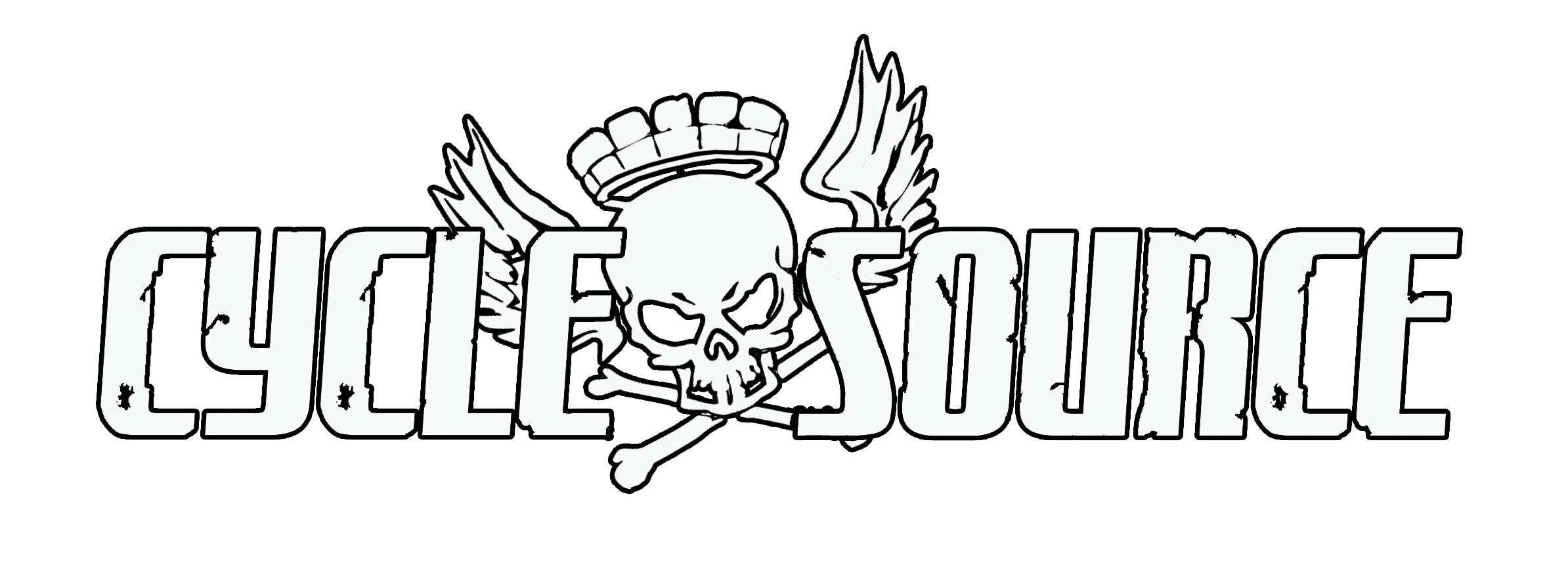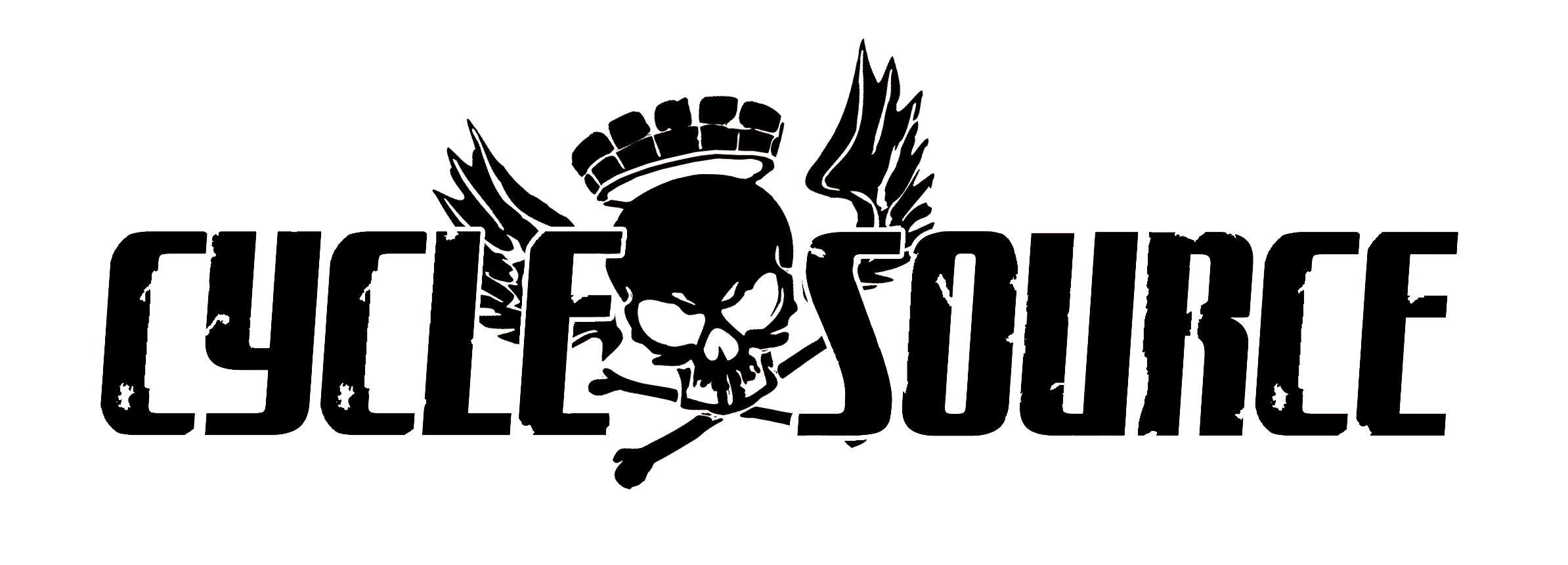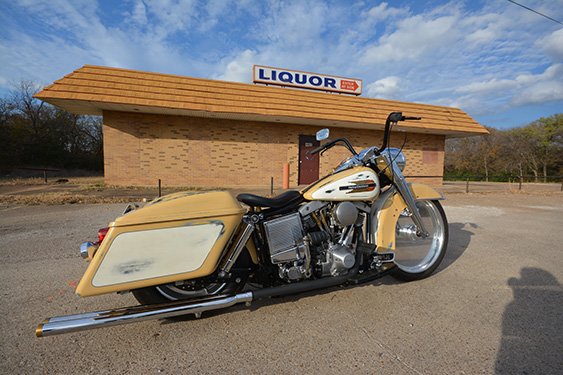Finding Truth At The Crossroads
Published in the February 2020 Issue
Article By: Will Ramsey
Photos By: Michael Lichter

The Chopper Industry has been evolving for 80 years. Ever since the first guys started bobbing the rear fender on old flatheads, builders have aspired to develop new styles that represent the culture of their era. As the years have passed and technology has given rise to computer-generated design, inverter welders, and CNC machinery, custom motorcycles have seen an influx of new builders and new design techniques. The social media world has given everyone a voice and expedited the flow of information and subsequent learning curves. Talented fabricators all over the world are pushing the envelope and looking for new and better designs. But this rapid advance does not come without its drawbacks. Many have lost sight of, or never bothered to learn the origins of the custom culture. Idealized posted photos have taken the place of creative thoughts, and the ability to make dozens of intricate parts has overtaken the precedent of minimalism. Builders today would do well to stop and look back at the past in order to find a better future.

It takes far more than just fabrication skills to be a successful builder in the custom motorcycle world today. In fact, I would argue that fabrication skills are the absolute easiest of the necessary skill sets to acquire. In order to truly develop your own style as a builder, it is necessary to understand, respect, and love the history behind custom motorcycle design. A comprehensive study of countless bike builds throughout each decade is paramount to finding the influences that can ultimately allow you to develop your own signature style. A complete builder must also have a talented eye, and this is where the artistry comes into play. The lines and balance of a motorcycle are what truly separates the top tier builders from the guys struggling to figure it out. This skill set is simply inherent to a true artist and although it can be developed and learned, there are some brilliant and talented fabricators who will never have the eye for design. Finally, a great builder must have a strong understanding of fabrication techniques and basic structural engineering in order to safely execute the design that has been foreseen.

For 23 years, Chris Callen has owned and operated Cycle Source Magazine. To say that he lives and breathes the custom motorcycle culture would be an extreme understatement. He has had the very unique experience of interacting with nearly every facet of this industry and has processed 10s of thousands of pictures of custom builds over this time. Chris has written countless articles on the comings and goings of everything from legends and eras to the newest fads and TV celebrities. He has had his ear to the pavement for over two decades and helped pave the way for so many builders, both gracious and self-entitled. Chris’s devotion to the industry and to his magazine has afforded him a level of exposure and a network of friends which helped him develop the fabrication skill sets to accompany his deep understanding of design and motorcycle nostalgia. Although not often recognized as a “premier” builder, Chris’s vision and attention to detail puts his final work right on the top tier of the industry and has given rise to the shop Flat Broke Chops & Rods, which is owned in partnership with Chris’s longtime friend Mark Persichetti. Mark has been with Chris from the early years of Cycle Source Magazine and has seen every bit of the industry that Chris has. Coupled with his background as a bodyman, Mark and Chris have proven to be a very strong team over the last three years building eight bikes together during this time.

When Michael Lichter asked Chris to build a bike for his Sturgis exhibit, Motorcycles As Art, Chris knew there was no way he was passing up the opportunity. He had participated in this show two previous times and felt a third invitation was just as honorable as his first. This year the show was titled “What’s The Skinny.” Many people may have simply seen this as a theme to build very narrow lane-splitting motorcycles, and that’s fine. Chris chose to go a bit deeper and viewed the theme of the show as an invitation to design and build a minimalist chopper representative of era when customizing motorcycles represented freedom of expression and comradery amongst brothers. Choosing to return to the 70’s style chopper, which I believe has become the signature style of Flat Broke Chops & Rods, and with only 30 days to complete the build, Chris set out to step up his game while still staying true to his style and belief in designing a minimalist, functional chopper.

The name Bone Daddy is rooted in the occult and pays homage to the legend of the crossroads, where Robert Johnson sold his soul to Legba (the devil) in order to play the guitar. This is certainly a story any real builder can relate to as we will walk through hell itself if it means the final bike will be just that much better. In order to bring this build to fruition, Chris acquired a 97 Sportster as a donor. The motor was pulled out and given a fresh new look before being placed in a FBCR proprietary frame with 11” up 2” out 42 degrees of rake. This stance has proven to be a go-to for him over the last few years for both the aesthetics as well as the comfortable ride position. As an artist and designer, Chris takes a very unique and theoretical approach to the fabrication and placement of each component on his builds. Employing Fibonacci’s ratio (the rule of thirds), Chris pays close attention to the negative space created or eliminated as the bike is mocked up. 70’s style choppers are characterized by long exaggerated lines and can often end up looking very unbalanced due to excessive and chaotic negative space between components. Chris’s technique allows him to consistently build 70s style chops that do not make you feel like you’re having an episode of vertigo just looking at them. To the contrary, the long choppers coming out of FBCR have a unique, balanced feel that truly sets them apart from the crowd. The development of this style has been ongoing for Chris and when asked what his favorite part of building Bone Daddy was, he told me, “in comparison to my previous builds, I can see that I have learned so much.”

This was a very fast and intense build, with only 30 days start to finish, but Chris was determined to hold true to the past and find that comradery and excitement that can only be shared by working side by side with your brothers. When it came time to paint the bike Chris and Mark loaded everything up and ventured to see their old friend Ronnie Tonetti, owner of North Hills Cycles. An extremely talented and experienced painter, Ronnie jumped right in with the guys and spent three long days and nights on layers of paint and graphics bringing soul to Bone Daddy. This was an all hands on deck scenario; in the end, everyone involved had found that feeling from the old days when grinding out the work by hand was simply fun because of the people involved.

Technology has made the world a very small place, and talented individuals are advancing their skills at unprecedented rates. There is no stopping the advancements that influence every aspect of custom culture. But it is those individuals that remain rooted in our history that can stand tall while demonstrating that a timeless design is truly without an end. Isn’t that a crossroad worth venturing to…?























